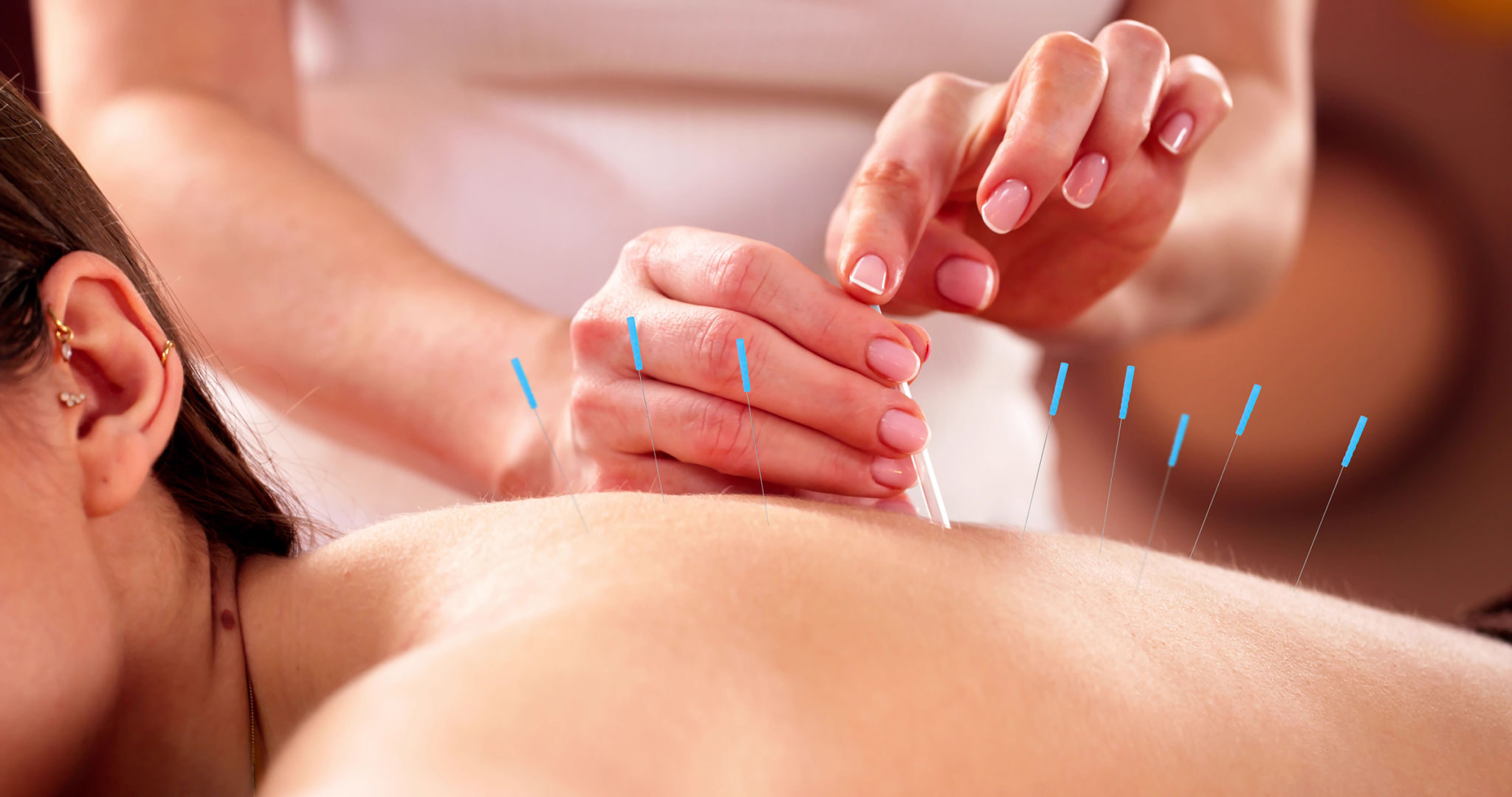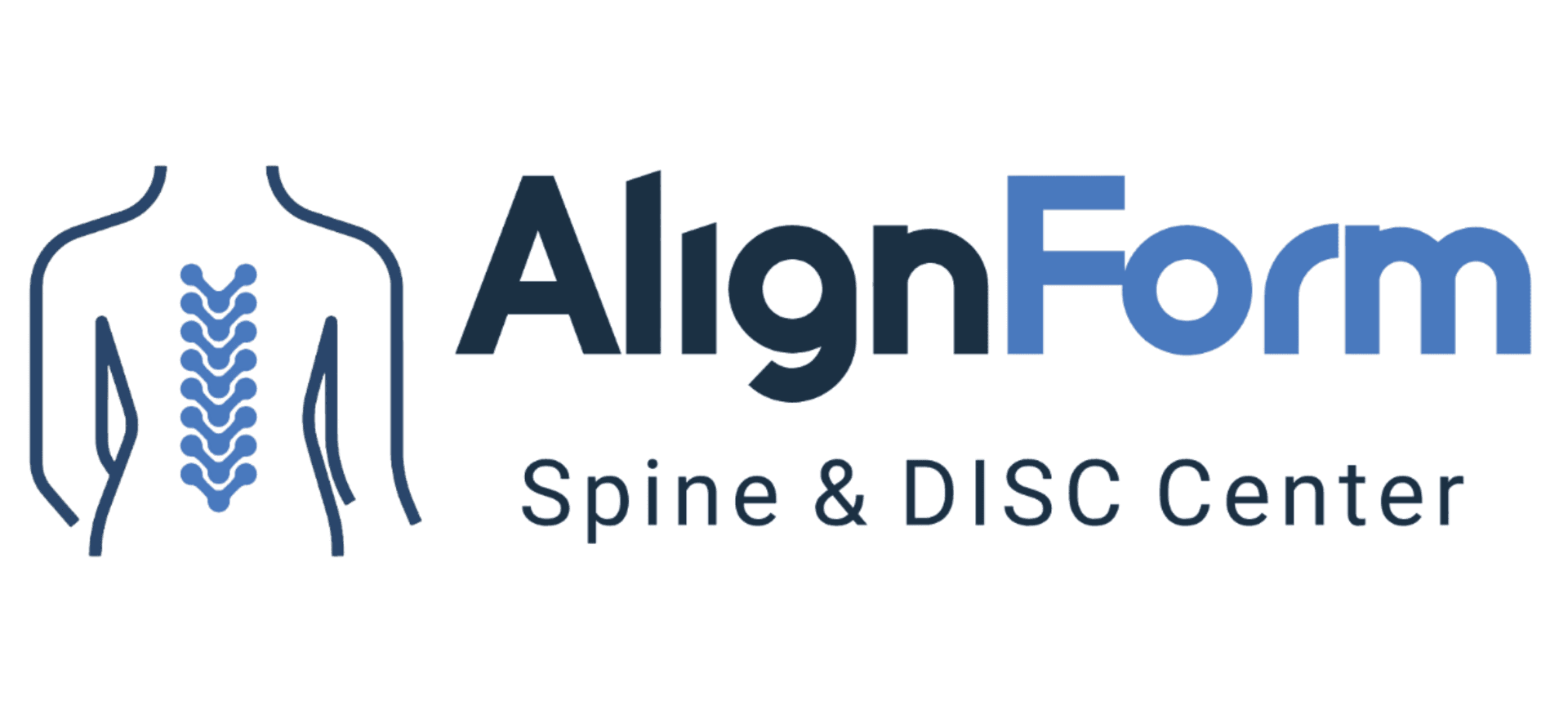Sciatica Relief: Top Techniques for Managing Pain Without Surgery
Understanding Sciatica
Sciatica is a common condition characterized by pain that radiates along the path of the sciatic nerve, which extends from the lower back through the hips and down each leg. This pain can range from mild to severe and is often accompanied by tingling or numbness. While surgery is an option for some, many individuals seek non-surgical methods to manage their symptoms.
Non-surgical techniques can be effective for most people experiencing sciatica. By focusing on lifestyle changes, exercises, and alternative therapies, you can often find relief without the need for invasive procedures.

Exercise and Stretching
Regular exercise and stretching are crucial for managing sciatica pain. Engaging in activities that strengthen the core and improve flexibility can help alleviate pressure on the sciatic nerve.
Recommended Exercises
- Yoga: Poses like the pigeon pose and child's pose can increase flexibility and reduce tension.
- Pilates: Focuses on core strength, which supports the lower back.
- Walking: A simple yet effective way to keep your spine aligned and improve circulation.

Alternative Therapies
Many people find relief through alternative therapies. These methods can complement traditional treatments and offer additional pain relief.
Chiropractic Care
Chiropractic adjustments can help realign the spine, reducing pressure on the sciatic nerve. Regular sessions may lead to reduced pain and improved mobility.
Acupuncture
This ancient Chinese practice involves inserting thin needles into specific points on the body. Acupuncture is believed to stimulate the body's natural pain-relieving mechanisms, potentially reducing sciatic pain.

Heat and Cold Therapy
Applying heat or cold to the affected area can provide temporary relief from sciatica pain. Understanding when to use each type of therapy is essential for maximum benefit.
Cold Therapy
Use cold packs during the first 48 hours of a flare-up to reduce inflammation and numb sharp pain.
Heat Therapy
After the initial period, apply heat to relax tight muscles and improve blood flow. Warm baths, heating pads, or warm compresses can be effective.
Lifestyle Modifications
Simple lifestyle changes can have a significant impact on reducing sciatic pain and preventing future flare-ups.
Posture and Ergonomics
Maintaining good posture, especially during long periods of sitting, can prevent additional strain on the sciatic nerve. Ergonomic chairs and workspaces can support this effort.
Weight Management
Carrying excess weight puts additional pressure on your spine. A balanced diet and regular exercise can help you maintain a healthy weight, reducing the risk of sciatica.

Conclusion
While sciatica can be painful and disruptive, there are numerous non-surgical techniques available to help manage the condition. By incorporating exercise, alternative therapies, and lifestyle changes, many individuals find significant relief. Always consult with a healthcare professional to develop a plan tailored to your specific needs.
